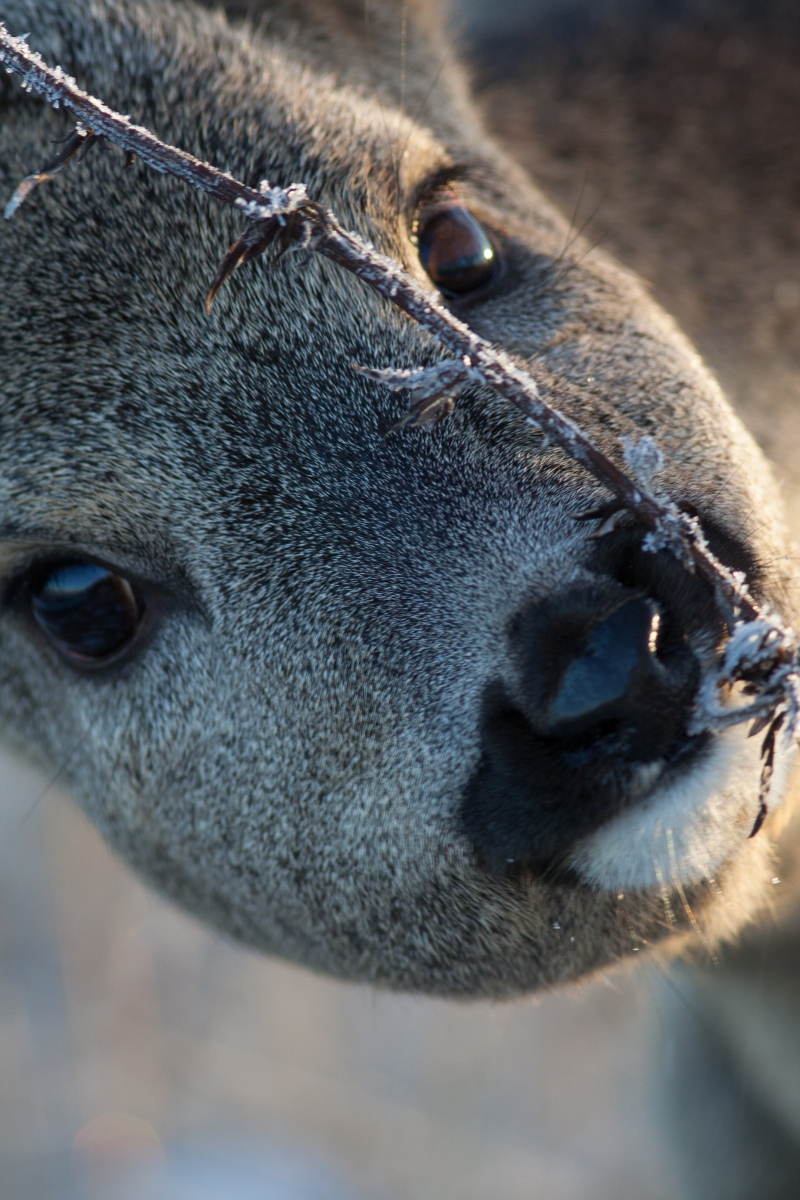Fur coat of roe deer now
We see the white rump patches only in winter, in summer these hairs are brown. Photo: Tarmo Mikussaar
We see the white rump patches only in winter, in summer these hairs are brown. Photo: Tarmo Mikussaar
How many roe deer live in Estonia? This apparently simple question is difficult to answer if not downright impossible. Of the data in the graphs we can only use the big peaks and lows for calculations. Why is that?

Photos from Wikipedia, unknown author
Last photo Arne Ader
Celebration of February 24th in 1919 in Peetri plats, Tallinn
On February 23rd, 1918, the Estonian Independent Republic was proclaimed for the first time from the balcony of the Endla Theatre in Pärnu.
The manifesto ”To All The Peoples of Estonia“ was read by Hugo Kuusner, member of the Province Assembly. On February 24th, 1918, the Estonian Republic was proclaimed in Tallinn and the Provisional Government was formed, with Konstantin Päts as head.
The search for spring begins on March 1st and it will last until the end of May.
Children in the older groups in kindergartens and pupils in classes 1-9 are invited to take part.
We learn to notice the changes in nature and get to know the most common animal and plant species, observing when familiar animals and plants appear in nature in spring.
As heralds of spring we note the plants that begin to flower first, the arrival of migrant birds, emerging butterflies, amphibians and fungi.
Those who take part as well as all interested nature friends can follow the observations that are entered in the database on the web.
The working language is Estonian but instructions in Russian are also available on the web.
Copyright 2025 · Looduskalender
Designed by Zymphonies
We also use analytics & advertising services. To opt-out click for more information.